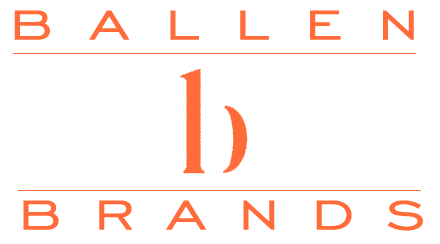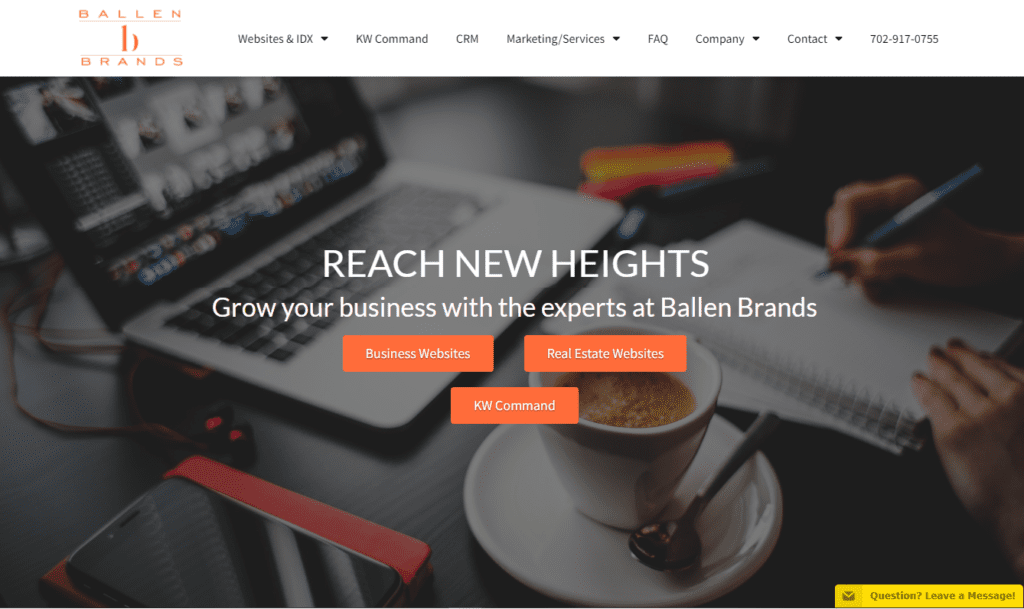There are many kinds of websites available, and they all serve a unique purpose. From blogs to e-commerce sites, there is a site to fit any need! The web design process can be complicated and daunting, depending on the type of website you need.
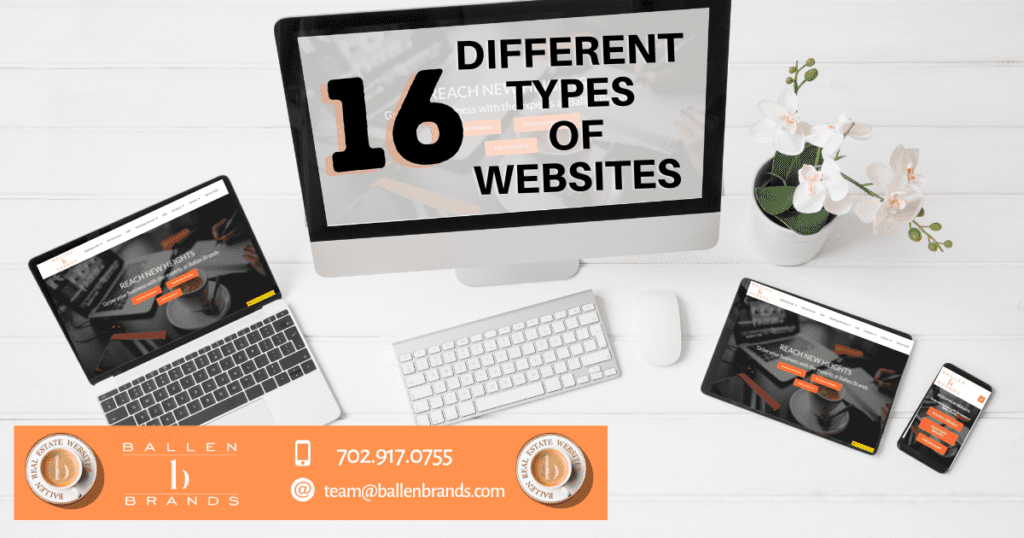
However, there are plenty of web development companies that can help you create a successful, profitable website (or two!). Here’s what you need to know.
Why Do You Need a Website?
People from all walks of life create websites for different purposes. Some are for personal use while others are to raise brand awareness, inform readers about your business, sell products directly, create a following, or build your database for permission marketing.
There are several ways to monetize websites aside from direct sales, such as running Google Ads, establishing affiliate relationships, or offering workshops and webinars.

When You Might Need Multiple Websites
There are some cases where a person or business may need more than one website, especially if they’re targeting niche-specific audiences. For example, you may have one niche website on cooking with Keto, and another niche website on sewing for beginners. Those topics target completely different audiences and should be treated as separate entities.
The Importance of Quality Website Design
No matter what type of website you build, it’s important that you get the design right. The design will highly impact user experience, functionality, and search engine rankings.
A good website’s foundation includes:
- Modern, simple design
- Visual appeal
- Search engine optimization
- Mobile responsiveness
- Fast load speeds
- Easy navigation
- Integration with social media platforms
- Website security
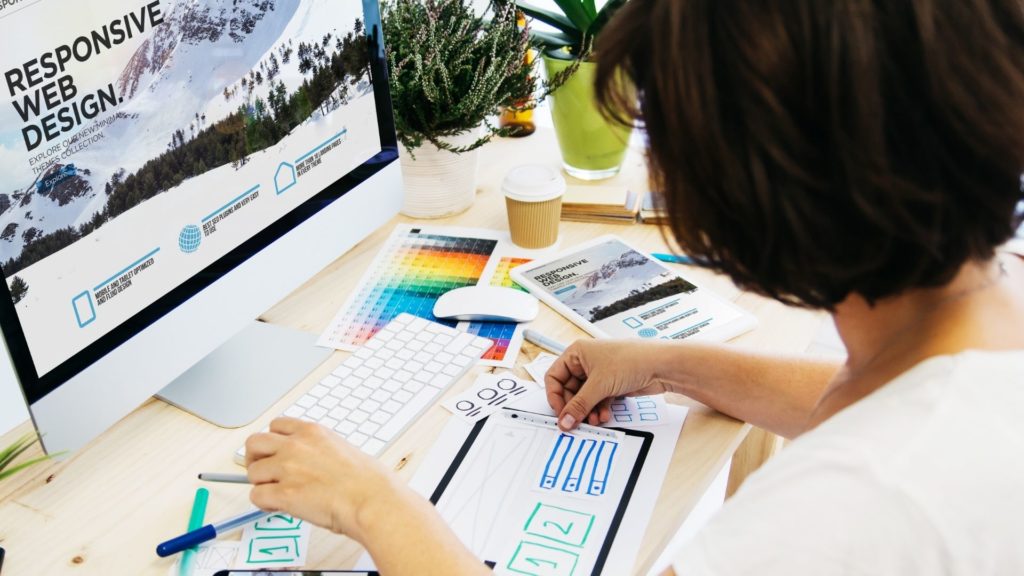
Why Quality Content is Essential for Your Website
Whichever type of website you build, the content you fill it with will determine whether or not your site is successful. High-quality content is essential for every type of website.
Before you design your site, it’s important to know what the goal behind creating it is so that you can maintain user interest and guide them towards taking action.
Content is how search engines find and index your website so that users can find you on a search engine results page. Without the right content, the public cannot find you. Content is also what drives a user forward with compelling calls to action, guiding them through the course of actions you want them to take.
One: Personal Website
A personal website or blog is a great way to share your life with the world. You can include information about yourself, links to social media profiles, and even showcase some of your hobbies! What’s important here is that you use this space as an opportunity to connect with people who might be interested in what you have to say. Just like any other type of site out there, it needs to look good too!
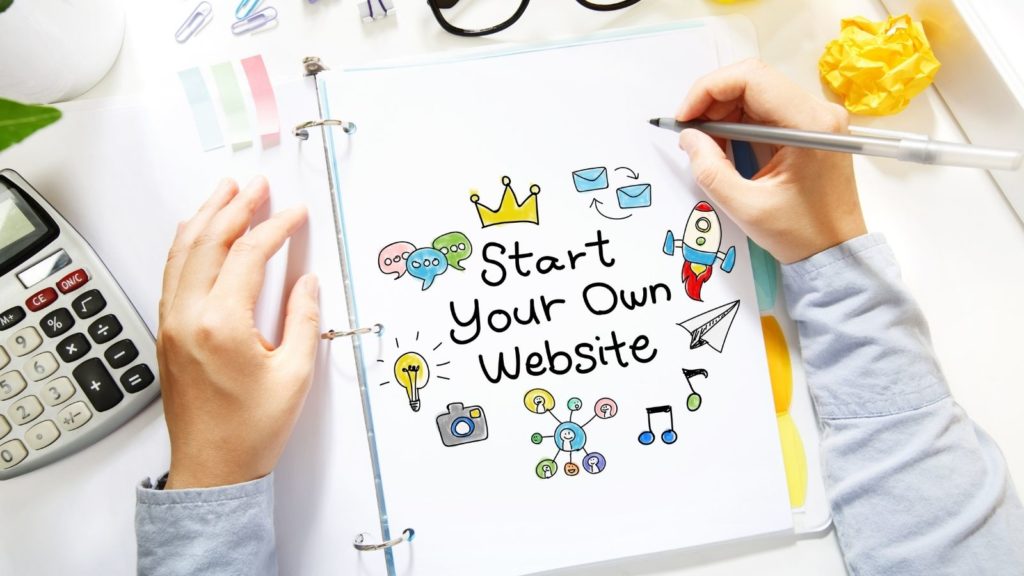
Two: Online Portfolio
An online portfolio is a professional website that displays your work to potential employers or clients. This might include graphic design, visual arts, digital photography, writing samples, video projects, and more!
An online portfolio consists of many different components. Your website’s design should reflect your personal style and showcase the work you want to be known for.
Your website can also include testimonials and share links to your social media profiles.
Three: Business Website
Business websites are a place to direct your customers and clients. They usually include information about the company, products or services offered, contact information, hours of operation, etc.
In addition to all this general business-related content, you should also have an “About Us” section that conveys who your business is as a whole. This can be done through words or images – it just needs to portray the right tone for your audience.
A well-designed website will show people why they want to do business with you! You’ll probably need help from a web designer if you’re starting out here since there are so many components needed to create a successful site.
Four: E-Commerce Site
An e-commerce site allows users to buy products directly from their computers or mobile devices without having to leave the website itself. This kind of service has become increasingly popular over time because it simplifies online shopping for consumers all over the world. These sites are designed around efficiency so that users can easily find what they’re looking for.

The design of an e-commerce site should be simple and user-friendly! You’ll need to include images, product information (prices, descriptions, etc.), customer reviews, shipping costs/policies, contact information, and more. You’ll likely need to incorporate the efficiency of an expert who can help you with securing your website and handling payment processing.
Five: Magazine Website
A magazine website brings content to readers in a unique way. Magazine websites are usually organized by category so that users can find the information they want easily and quickly.
The design of this type of site has many important factors to consider! A good magazine website will have easy-to-use navigation features, stunning images/videos, share buttons for social media sites like Facebook or Twitter, Google Analytics integration (so you can see how your visitors interact with your site), etc.
Six: Blogging Platforms
Blogging is extremely popular online because people love reading about others’ experiences on their favorite topics – especially if it’s an expert writing about their area of expertise! Blogging platforms are websites that allow users to create articles and share them with others through social media sites or email newsletter subscriptions.

It’s important for a blogging platform site to have a high-quality design in order to keep people coming back for more. A good look and feel will make the experience more appealing while also showing how creative you can be with your content. You may need help from a web designer who knows what works well when it comes to these types of projects.
Seven: Community Site
A community website is all about connecting like-minded individuals online so they can share ideas and information on the same topic(s). These sites usually include chat rooms (sometimes called instant messaging), forums, and messaging boards.
A community site needs to have a design that makes it easy for users to find the information they are looking for. A good layout will make your website accessible by mobile devices, plus allow anyone who visits your page(s) to easily share what you’ve written on their social media sites! You’ll need help from an expert if this is something you’re considering starting up yourself since there’s so much involved in building one of these websites.
Eight: Directory Sites
A directory site is a list of links to other sites organized by category. These websites are primarily used for reference purposes, so the design needs to be simple and user-friendly.
The design of this type of site is important to consider when you’re ready to publish your directory. You’ll want it to be well-organized with great navigation tools so users can find the information they want in an instant.
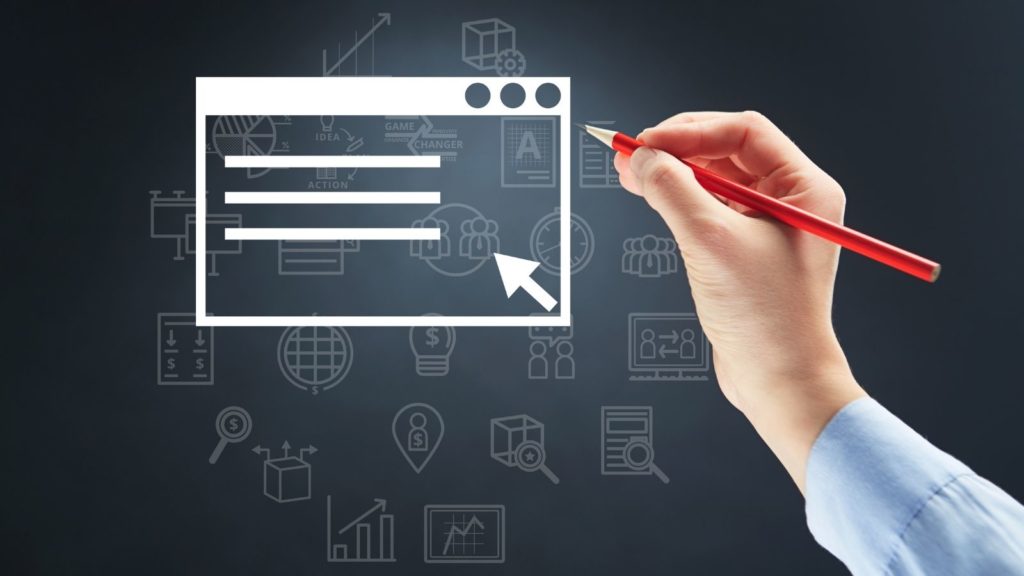
Nine: News Sites
News sites are designed around spreading information quickly about what’s happening in the world today. These sites often have sections dedicated to specific types of news (sports, entertainment, etc.) with headlines/titles describing important details about whatever story is featured.
The design for a news site should include an easy-to-use navigation bar with links to the different sections of your website, plus tools that allow users to share what you’ve published on social media sites. You’ll need help from someone who knows how important it is to keep things simple when designing this type of website since there’s so much information being shared all at once!
Ten: Entertainment Websites
Entertainment websites are for sharing information about entertainment-related topics with readers. These sites feature articles, videos, images/photos of popular TV shows or movies, etc.

Designing an entertainment website is similar to designing a news site. You’ll need tools that allow your visitors to share what you’ve published on social media sites like Facebook and Twitter easily! The layout should be simple so users can find the kind of content they’re looking for quickly without getting overwhelmed by too much at one time.
Eleven: Web Portals
A web portal is most often created for internal purposes within an organization. These sites allow employees or members of a specific group to access important information about a company.
The design needs to make it simple for users who have been granted permission to view the site from within an organization to find what they need quickly and efficiently. There should be links on your home page that take visitors directly where they want to go based on their needs (accounts/billing info; customer service; tech support).
Twelve: Education Websites
An education website is designed to help students learn about different topics in a more convenient way. This can be done through online classes, school information, etc.
The design for an education site needs to have clear navigation so users can find what they need quickly when looking for class/school info or educational content of any kind.
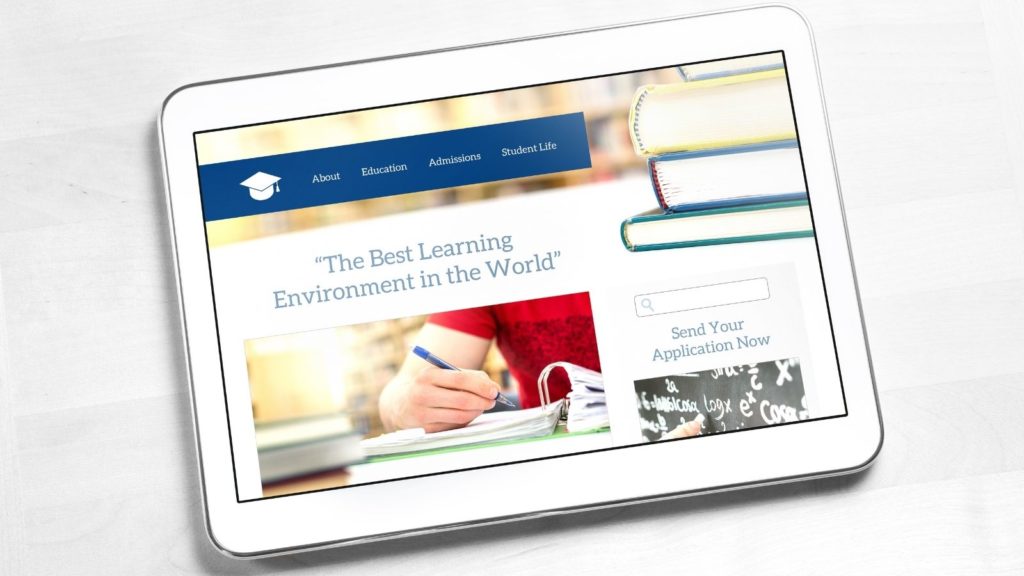
Thirteen: Wiki Sites
A wiki site is a website that allows users to collaboratively write and edit content on multiple web pages. It’s often used for sharing information, like a digital encyclopedia.
Designing a wiki site is more complicated than most other types of websites because you have to think about how users will be interacting with it and what they’ll need in order to do so properly. You also want your website’s main page(s) to include the most important information that potential visitors might look for, like an explanation of what kind of content can be found on the pages coming directly after!
Fourteen: Landing Pages
A landing page is used to attract visitors that are looking for something specific, like an event or service.
The design should include the most important information centered around whatever it is you’re trying to promote (event date/time; product info; prices). You’ll also need a navigational link at the bottom of your home pages so users can easily get back to any other part of your website.

Landing pages are different from full websites because they’re only a single page with one message. There aren’t any distractions, such as links to other areas. The goal is to get the viewer to enter their information, make a purchase, or sign up for your service.
Fifteen: Classifieds Websites
This type of website features listings for items people are selling (classified ads).
The design can include other content like articles related to the topics covered in your classifieds section, etc.
The most important thing is that it’s easy for users to find exactly what they’re looking for without having to scroll through too many pages or get distracted by other things on the site.
Sixteen: Social Media Websites
Social media is another type of popular website designed for user engagement. These sites allow users to share articles, images/photos, etc., with their friends and followers on social media sites like Facebook and Twitter.

Social media websites have a focus of being able to easily connect users to each other via the website’s tools for sharing content like pictures, videos, and personal updates.
Conclusion
There are many kinds of websites available where you can share personal interests, organize communities, operate a business, present a directory, sell products, provide entertainment, or blog with the purpose of promoting affiliate relationships. Whichever type you choose, the design is a fundamental aspect.
You want to make it as easy as possible for visitors to find what they’re looking for without getting overwhelmed.
While there are many platforms designed for the DIY website owner, there are also a lot of complicated aspects to designing and launching a successful website.
Rather than go it alone, consider working with a professional website design company that can build a solid foundation for you to fill with powerful content that grows your website exponentially to make you more money.

